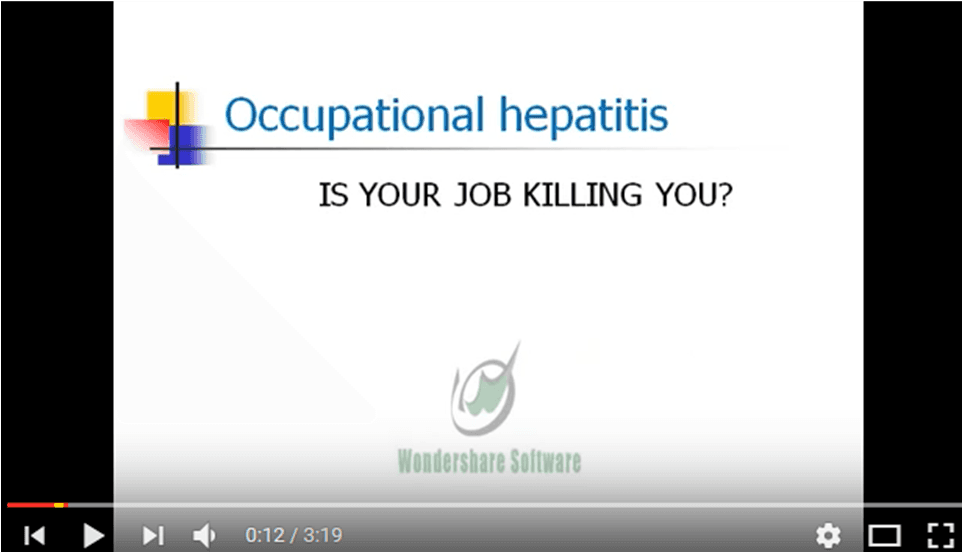hep africa.org
- HOME
- What is Hepatitis B?
- What is Hepatitis C?
- Hepatitis B Vaccination
- Hepatitis C Treatment
- Hepatitis B Treatment
- Liver Blood Tests Explained
- Hepatitis B Blood Tests Explained
- Hepatitis C Blood Tests Explained
- Liver Ultra Sounds and Fibroscans Explained
- HBV and Maternity
- Diet for the Liver
- Toxins to avoid
- Occupations Needing HBV Vaccination
- Premiership Blood Hygiene
- Acute Hepatitis - How to Clear
- Hepatitis and Relationships
- Hepatitis and Female Genital Mutilation
- Understanding Viral Loads
- List of African Hep Doctors
- List of African Hep Help Groups
- Illnesses that can emerge with Hepatitis
- Get Involved
- Hepatitis and Sex
- Excellent HBV and HCV Information Links
- Hepatitis and Depression
- About Us
- Hepatitis D
- Just Diagnosed?
- Get Tested
- Hepatitis and Stigma
- Hepatitis and Vaccine Gun Campaigns
- Fake Cures for Hepatitis
- HBV Forum Chat Room
- BLOG
- Store
Occupations Needing HBV Vaccination
Occupations Needing Hepatitis B Vaccination and Blood Hygiene Precautions
Millions of people at some point work with blood. And infected blood to an open wound is 100 times more infectious than sex at transmitting hepatitis B and C! This simple fact explains why millions in the following professions have caught hepatitis B or C at some point in their careers and all are recommended for HBV vaccinations wherever they work on Earth and all need to use strict blood hygiene precautions.
Nurses & Doctors Carers
First Aiders
Morticians
Tattooists
Soldiers
Sports people
Cleaners
Police & Security
Hairdressers
Sewage Workers
Dental Assistants
Beautician/Botox/Wax
Custodial Staff
Lab Technicians
Emergency Workers
Sex Workers
Hospital Porters
Caretakers
Special Needs staff
Migrant Workers
Child Foster Carers
Asylum/Prison Workers
Chefs (wounds)
Builders (wounds)
Mechanics (wounds)
Acupuncturists
Prosthetics Manufactureres
Chemists

All these roles are recommended for vaccination
As they have much higher than usual hepatitis b infection rates due to blood spill and the possibility of wounds at work. For instance before vaccination in the UK, 1 in 17 nurses caught hepatitis b from blood, and in the US they estimate a nurse still dies from it every day. This vaccination is mandatory overseas for almost all of the above.
Hepatitis B Occupational Disease Facts
- As a blood virus Hepatitis B is extremely infectious, 3 pricks from an infected (stained with hbv blood) source and infection will result. Once established the Virus then silently over 30 years kills 10% of the infected.
- Hepatitis B is present in up to 1 in 10 UK sub Saharan Africans and Far East Asians and 1 in 50 UK Eastern Europeans and South East Asians.
- Most hepatitis b infections happen without the employee knowing.
UK Medical Studies of how many workers caught acute HBV before HBV vaccination became common.
1 in 38 National Average Tedder et al 1989.
1 in 17 Asylum Workers Holt et al 1985.
1 in 14 Exposure Prone Health Workers Fagan et al 1987.
1 in 19 Hospital Staff Vandervelde et al 1985.
1 in 31 Non Exposure Prone Health Workers Smith at al 1987.
1 in 10 Crime Scene Officers Morgan-Capner et al 1988.
1 in 22 Police Custody Officers Morgan-Capner et al 1988.
